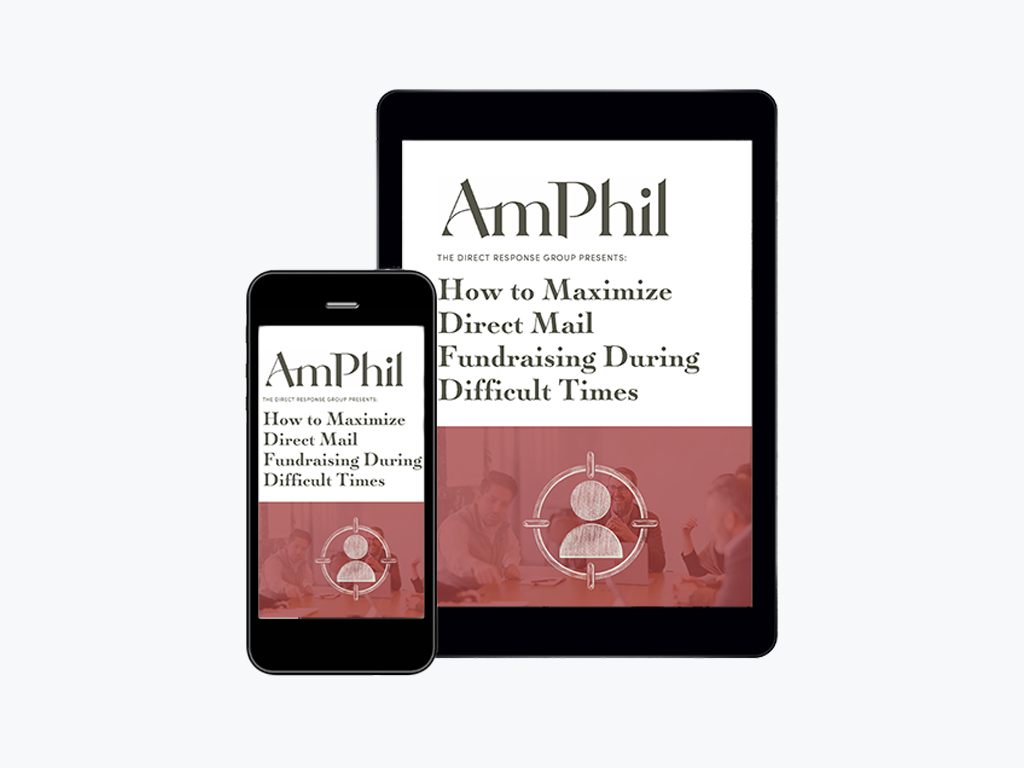
The year: 1995. The place: a quiet cul-de-sac in Everett, Washington. The protagonist: an expectant seven-year-old girl, swinging back and forth on a wrought-iron gate. The expected: an avuncular mailman, running five minutes late.
He arrives, waves, sorts letters and slips them into the four grouped mailboxes, then heads to the next cluster. The girl jumps off the gate and sprints the 100 feet to the mailbox (the length of a blue whale, her dad once told her). She’s breathless to see what people are saying—and whether she’ll spot a handwritten address, from someone whom she might not know but who clearly knows her parents.
They might not sprint to the mailbox every morning at 11:15, but that girl’s parents want just what she does: to hear from people they know, who are addressing them personally. Another form letter? They’ll glance at it, then chuck it in the recycling bin.
How do you keep your direct mail out of the recycling bin? Personalize it. Make it immediately apparent that you don’t see them as just a wallet to be raided or a spreadsheet cell to be checked off. You want to partner with them, build your relationship, and make your communications a two-way street. If your direct mail conveys that, donors are far more likely to open that letter and respond generously.
After all, why is the little girl—as you've probably guessed, me—excited about seeing that handwritten envelope? Because it’s written with her parents—or even her—in mind. Time and effort went into it to convey a very personal message. That’s exactly what you should shoot for with your direct mail. If you can make your reader feel that you are speaking directly to them (especially by replicating the visual and tactile elements of a personal letter), you’ll see the efficacy of your house-file letters skyrocket.
I won’t rehash what’s already been said about writing effective letters, but I will offer you five tips for making your direct mail feel like a letter from a family member or friend
1. Avoid "Dear Sir or Madam"
Your donor has a name, you know what it is—so use it. Start with the envelope, but don’t stop there. Not using a donor’s name is a clear tell that you’re sending them the same generic letter as every other donor. That’s a letter they’re likely to throw out. And go even further: sprinkling your donor’s name throughout the letter (“Rachel, by partnering with us, you can . . .”) reminds them that you’re speaking directly to them.
2. Steer Clear of Generalities and Clichés
Donors don’t want to give to a faceless organization. If you speak about your organization in generalities and fall back on hackneyed verbiage, eyes will glaze over . . . and oh look! The recycling bin.
So, get personal. Let your donors really get to know you. Use a distinctive voice and let your personality—and that of your organization—shine through in your language. The more your donors feel they know you, the more compelled they’ll feel to give.
3. Speak to the Person
This is one more instance of how important is to treat donors as real, flesh-and-blood people, not robots waiting to hear you rattle off a string of numbers. Don’t sound like you’re briefing a group of investors; invite the donor into conversation with you. A great way to do that is to make frequent use of the second person, putting the focus on the donor.
4. Adjust the Pitch Amount
Your donors don’t all have the same financial situation, so you shouldn’t be making a cookie-cutter ask of them. What’s the best information you have on hand to determine what your pitch amount should be? Their past giving levels. By looking at what they’ve given in previous years, you can decide on what’s a realistic gift to request. This way, your donors will feel like you’re in tune with their financial circumstances and aren’t asking for anything astronomical, nor for a pittance.
5. Get Out that Pen
Handwriting just can’t be beat. Think back to that card from your granny: she wrote out your address in cursive; no typing involved. If at all possible, grab the BIC and write the donor’s name and address. If you want to go even further (and have the time and penmanship), a handwritten P.S. is far more likely to be read than one in Times New Roman.
All these tips reflect one basic fundraising fact: people give to people. Your direct mail should signal to your donor that yes, you see them as a person—and you’re a person as well. That personal touch will get your letter read, and your organization will reap the rewards.


